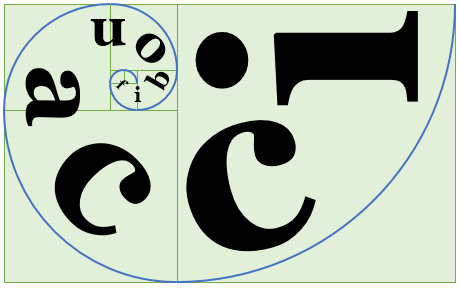Write a C program to print Fibonacci series up to n terms using loop. How to generate Fibonacci series up to n terms using loops in C programming. Logic to print Fibonacci series in a given range in C program.
Example
Input
Input number of terms: 10
Output
Fibonacci series: 0, 1, 1, 2, 3, 5, 8, 13, 21, 34

Required knowledge
Basic C programming, While loop
What is Fibonacci series?
Fibonacci series is a series of numbers where the current number is the sum of previous two terms. For Example: 0, 1, 1, 2, 3, 5, 8, 13, 21, ... , (n-1th + n-2th)
Logic to generate Fibonacci series
So far we know that we can get next Fibonacci term by adding previous two terms. Let us take this point to derive our logic. Below is the step by step descriptive logic to generate n Fibonacci terms.
- Read number of Fibonacci terms from user. Store it in some variable say terms.
- Initialize three variable, I call it as Fibonacci magic initialization. a=0, b=1 and c=0. Here c is the current term, b is the n-1th term and a is n-2th term.
- Run a loop from 1 to term, incrementing loop counter by 1. The loop structure should look like for(i=1; i<=term; i++). It will iterate through n terms
- Inside the loop I will make three magic assignments of Fibonacci series. First a = b assigning the n-1th value to n-2. Second b = c assigning current term to n-1 term. Last c = a + b add the previous two terms to get the new term.
- Print the value of c to print the current Fibonacci term.
Read more interesting facts about Fibonacci series.
Program to print Fibonacci series up to n terms
/**
* C program to print Fibonacci series up to n terms
*/
#include <stdio.h>
int main()
{
int a, b, c, i, terms;
/*
* Read a number from user
*/
printf("Enter number of terms: ");
scanf("%d", &terms);
// Fibonacci magic initialization
a = 0;
b = 1;
c = 0;
printf("Fibonacci terms: \n");
// Iterate through n terms
for(i=1; i<=terms; i++)
{
printf("%d, ", c);
a = b; // Copy n-1 to n-2
b = c; // Copy current to n-1
c = a + b; // New term
}
return 0;
}
Advance your programming skills by learning this program using recursive approach.
Enter number of terms: 10 Fibonacci terms: 0, 1, 1, 2, 3, 5, 8, 13, 21, 34,
Before you move on to next exercise or program. Let me show one more example related to Fibonacci series. Let us code the solution to print Fibonacci series between a given range. Below is the program to print Fibonacci series between given range.
Program to print Fibonacci series in given range
/**
* C program to print Fibonacci series in given range
*/
#include <stdio.h>
int main()
{
int a, b, c, start, end;
/*
* Read a number from user
*/
printf("Enter starting term: ");
scanf("%d", &start);
printf("Enter end term: ");
scanf("%d", &end);
// Fibonacci magic initialization
a = 0;
b = 1;
c = 0;
printf("Fibonacci terms: \n");
// Iterate through terms
while(c <= end)
{
// If current term is greater than start term
if(c >= start)
{
printf("%d, ", c);
}
a = b; // Copy n-1 to n-2
b = c; // Copy current to n-1
c = a + b; // New term
}
return 0;
}
Enter starting term: 4 Enter end term: 30 Fibonacci terms: 5, 8, 13, 21,
Happy coding ;)
Recommended posts
- Loop programming exercises index.
- C program to print all prime numbers between 1 to n.
- C program to find sum of prime numbers in a given range.
- C program to print prime factors of a given number.
- C program to print all Armstrong numbers between 1 to n.
- C program to print all Strong numbers between 1 to n.
- C program to print all Perfect numbers between 1 to n.